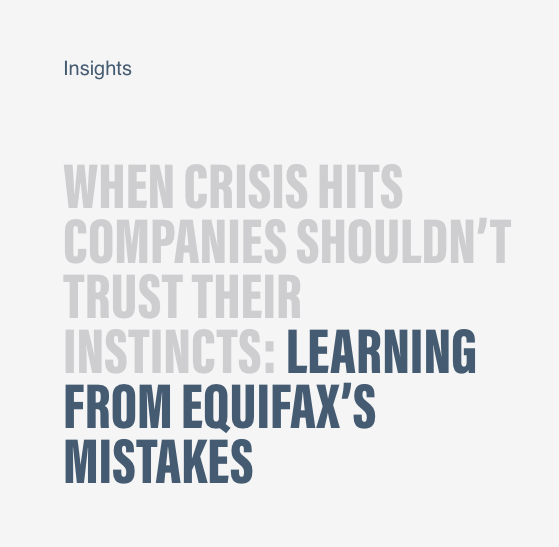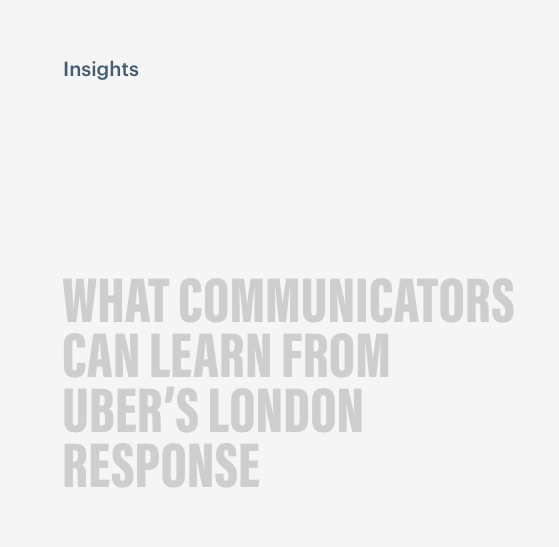The Great Framing Debates of 2022

maslansky + partners
We talk a lot about “framing” at m+p – and it’s one of the most critical services we offer to our clients. How you frame an issue – the distinct way that you present information about different core areas of focus – can make or break the success of your story, your campaign, or whatever your message is.
It’s not just in the business world where framing is essential. Language shapes how we view the world around us. And the news is no exception. The same story is often described using different language, which can change how we view it.
Politicians have an opportunity to shape the conversation by framing a story one way. Then the media covers the conversation, maybe with a different view – and an opportunity to shape the conversation another way. How people talk about specific issues in the news can change the way you view those issues. Change the language, and you change the debate. And whoever owns the framing often wins the debate.
Every year there are key issues, many of them political hot buttons, that are framed distinctly from voices on opposite sides of the spectrum, in an effort to tell their story most effectively; framing the conversation in a way that’s relatable and hopefully, takes hold with people. Here are some of the key framing debates of 2022.
Voter Concerns, Part 1: Fixing the Economy vs Saving Democracy
The two key U.S. political parties took very different stances on what the key issues were in the 2022 midterm elections. While Republicans talked about how bad inflation and the economy was, Democrats focused on democracy following the January 6 insurrection and ongoing attempts to overthrow election results and hinder the election process. The polls told us that inflation was more important. But the Republicans failed to make the case that they had a plan to fix it. On the other side, President Biden went so far as to claim that democracy was on the ballot, a phrase that many others adopted. The repetition worked. Pollsters missed it, Republicans misunderstood it. In the end, polling showed that many voters voted FOR democracy and the suspected red wave became a red ripple, in large part due to the framing of this message.
Voter Concerns, Part 2: Abortion vs Crime
The secondary issue of this election for Democrats was abortion, which ended up being a driving issue for the elections overall. As the year progressed, polling shifted on how important it was to voters. The leaked draft opinion by Supreme Court Justice Samuel Alito in the highly watched abortion case, Dobbs v. Jackson Women’s Health Organization, shocked the nation and built up abortion to be a huge driver of mid-term votes, with many declaring that Roe v. Wade was on the ballot. Meanwhile, the secondary issue Republicans focused on was crime, with most of their messaging focused on how bad Democrat-run cities were and how unsafe we all became under the Democrats’ rule. Problem was, instead of presenting a solution, they focused on the problem. And in the end, the advantage went to Democrats. That said, in New York State, many attribute the crime messaging as the issue that flipped a few key seats in the house, giving Republicans control of the house.
The Battle Over “Don’t Say Gay”
Here’s a classic example of how when you change the framing, you change the debate. Florida’s “Stop Sexualization of Children” bill did not actually ban lessons on gender identity, sexual orientation, and transgender issues. But opponents successfully redubbed it the “Don’t Say Gay” bill, and this change in language started a much larger debate than originally intended.
The Language of War: Ukraine vs Russia
When Vladimir Putin sent troops into Ukraine in February 2022, he announced it as a “special military operation” aiming for the “demilitarization” and “denazification” of Ukraine, to protect the Ukrainian people from their own government. It was also framed as an attempt at preventing NATO from gaining a foothold in Ukraine. The world didn’t buy it, recognizing the action as a blatant invasion, a brutal assault, an illegal annexation, and a flat-out, full-scale war.
The January 6 Attack on the U.S. Capitol: Discourse or Insurrection
Was it an insurrection, or “legitimate political discourse”? People on opposite sides of the political spectrum had vastly different views of the actions on January 6 that disrupted a joint session of the U.S. Congress in the process of affirming the presidential election results. It was an event that headlined the news throughout the year, and the distinction in how it was framed changed how many people viewed it. As the congressional hearings progressed, we saw additional reframing efforts used to describe the events and some of its key players, including the stinging refrain that Donald Trump did not fail to act; he chose not to act.







